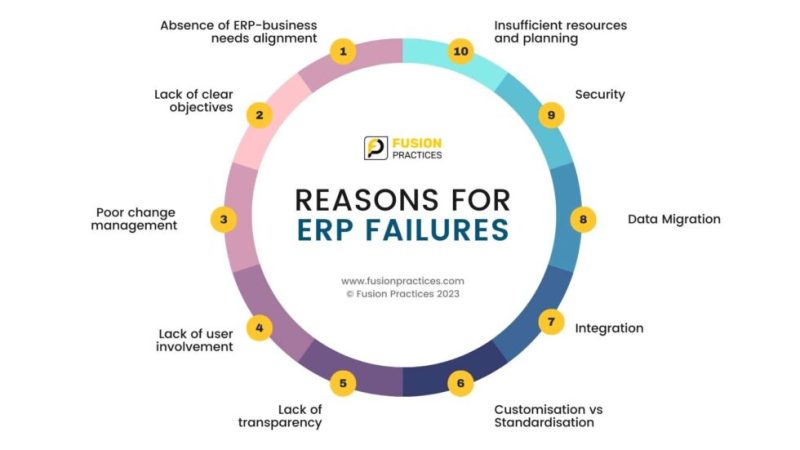Realising that your project is over budget can be overwhelming. Every day that passes without action adds to the overspend and reduces your options. The best recovery plans move quickly, focus on facts and set out a clear path forward.
Step 1: Assess to What Extent the Project is Over Budget
Begin by calculating your estimate at completion, as this shows the likely total cost if the current trend continues. Compare it with the original budget so you can measure the gap. Review your spend by category to see exactly where overruns are occurring.
In one ERP upgrade project that we observed, the team discovered that 40% of the overspend came from contractor overtime. That finding immediately shaped the recovery strategy.
Step 2: Identify the Root Cause of the Project Being Over Budget
Ask “why” repeatedly until you reach the true reason. Was it inaccurate because of initial estimates, uncontrolled scope changes, supplier issues or unplanned external costs? Avoid blame at this stage. Instead, use the findings to create targeted solutions that address the cause rather than the symptoms.
Step 3: Reassess Scope and Timeline
When a project is over budget, it is essential to focus on core priorities. Separate the “must-have” deliverables from the “nice-to-haves”. Remove or postpone non-essential features.
In the Birmingham Oracle ERP example, parts of the rollout were delayed to reduce immediate costs and buy time to stabilise delivery. Adjusting the scope can protect both quality and budget.

Step 4: Communicate with Stakeholders
Stakeholders need clarity, not surprises. Present the facts, the cause of the budget overrun and a clear recovery plan. Explain the consequences of doing nothing, and outline the benefits of your proposed changes. A written agreement at this stage is vital to avoid further disputes.
Step 5: Implement Strict Cost Controls to Avoid Becoming Over Budget in the Future
Once you agree on a revised plan, enforce strong controls to prevent further drift. Hold weekly budget reviews, require sign-off for additional spending and monitor actual versus planned costs in real time. This discipline is essential to bring a project over budget back under control.
Step 6: Consider Phasing or Additional Funding
If the revised plan still cannot meet the budget, consider delivering the project in phases. This allows you to meet immediate goals while deferring some features for later. In some cases, additional funding is justified if the return on investment supports the spend, but always ensure that root causes have been addressed before requesting more money.
Conclusion
A project over budget can recover if you act quickly, focus on facts and implement disciplined controls. The key is to treat the situation as a turning point rather than a failure. By reassessing scope, communicating openly and enforcing strict spending controls, you can protect delivery and regain the confidence of your stakeholders.
If you need further guidance or assistance on a project that you’d like to regain control of, or if it has any other unsolved problems, contact us at Whittier Consulting and we can provide no-nonsense advice for your situation.
